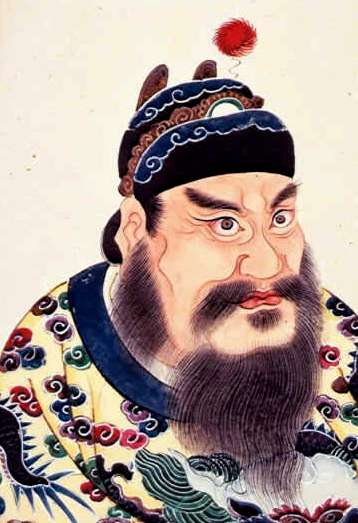|
The Myth (film)
''The Myth'' ( zh, s=神话, t=神話) is a 2005 Hong Kong—Chinese martial arts fantasy-adventure film directed by Stanley Tong, starring Jackie Chan, Tony Leung Ka-fai, Kim Hee-sun, and Mallika Sherawat. Plot Based during the Qin dynasty, general Meng Yi (Chan) is tasked with escorting Ok-Soo (referred at times as "Concubine Li") (Kim), a Korean princess, back to China to serve as a concubine for Qin Shi Huang, in an attempt to strengthen diplomatic relationships. Along the journey, a Korean warrior (seemingly her fiancé) attempts to seize her back, but Meng Yi saves her. Meng Yi protects Ok-Soo through their journey back, while Ok-Soo tends to his wounds. In the process, she begins to develop feelings for him but Meng Yi, while apparently harboring similar feelings for her, steps back, reminding her of her purpose of becoming a concubine in the interests of her people and successfully completes his mission. The Qin emperor becomes critically ill later and sends Meng Yi to ... [...More Info...] [...Related Items...] OR: [Wikipedia] [Google] [Baidu] |
Stanley Tong
Stanley Tong () is a Hong Kong film director, producer, stunt choreographer, screenwriter, entrepreneur and philanthropist. Early life Stanley Tong was born on April 7, 1960 in Hong Kong, and he completed his education in Hong Kong and Canada. Film career Encouraged by his brother-in-law in Hong Kong, who was a filmmaker, Tong started his film career there in 1979 by working behind the scenes in films. In 1991, Tong directed his first film, the self-funded ''Stone Age Warriors'' (魔域飛龍). The film received critical acclaim from some famous film critics, which attracted the attention of Golden Harvest. Tong was then invited to join the company as a film director. Tong is very well known for his action movies. Working closely with Jackie Chan, Stanley directed some very popular movies in the 1990s. Their first collaboration, '' Police Story 3: Super Cop'' (警察故事3:超级警察) (1992), broke box office records in many Asian countries and received a nomination for ... [...More Info...] [...Related Items...] OR: [Wikipedia] [Google] [Baidu] |
Qin Shi Huang
Qin Shi Huang (, ; 259–210 BC) was the founder of the Qin dynasty and the first emperor of a unified China. Rather than maintain the title of "king" ( ''wáng'') borne by the previous Shang and Zhou rulers, he ruled as the First Emperor () of the Qin dynasty from 221 to 210 BC. His self-invented title "emperor" ( ') would continue to be borne by Chinese rulers for the next two millennia. Historically, he was often portrayed as a tyrannical ruler and strict Legalist, in part from the Han dynasty's scathing assessments of him. Since the mid 20th-century, scholars have begun to question this evaluation, inciting considerable discussion on the actual nature of his policies and reforms. Regardless, according to sinologist Michael Loewe "few would contest the view that the achievements of his reign have exercised a paramount influence on the whole of China's subsequent history, marking the start of an epoch that closed in 1911". Born in the Zhao state capital Handan, as Ying ... [...More Info...] [...Related Items...] OR: [Wikipedia] [Google] [Baidu] |
